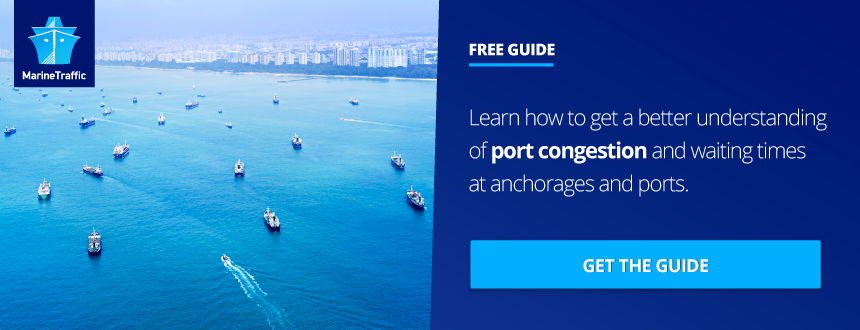
[ad_1]
Vaccine rollouts around the globe have gathered pace, but with plenty of countries still suffering from stubbornly high Covid cases logistical challenges across supply chains remain.
In China – where the virus originated in late 2019 – the situation is still delicately balanced.
Last week, a host of Chinese ports faced congestion headaches. Vessels due to stop at Ningbo were diverted and cargo processing slowed. This was, in part, due to stricter disinfection measures under China’s ‘zero-tolerance’ coronavirus policy.
MarineTraffic data shows that more than 50 container vessels were queuing at Ningbo port on Tuesday 17 August.
“China’s zero tolerance policy is good for the pandemic but bad for the supply chain,” Dawn Tiura, chief executive officer of Sourcing Industry Group, told Reuters.
“This timing is very tough considering the uptick in back-to-school and return-to-work shopping in addition to the upcoming holiday shopping season.”
Vessels were re-routed to nearby ports in a bid to control the backlog.
But Shanghai port had 34 vessels waiting at anchorage, compared to 27 on Aug 10. The number of vessels waiting at Xiamen port [700 km south of Ningbo], meanwhile, rose to 18 on August 17. The week before, it was just four.
Chinese factory output and retail sales growth hit the buffers in July as new Covid outbreaks and floods battered business operations.
Industrial production still increased 6.4% year-on-year in July. However, analysts had expected output to rise 7.8% after growing 8.3% in June.
“Given China’s ‘zero tolerance’ approach to Covid, future outbreaks will continue to pose significant risk to the outlook, even though around 60% of the population is now vaccinated,” said Louis Kuijs, head of Asia economics at Oxford Economics.
Covid inflicted logjams in domestic logistics networks have also posed a problem Stateside.
Vessels stacked up again off the southern California coast earlier this month. A hefty 37 container ships were anchored outside the ports of Los Angeles and Long Beach early last week. That’s the highest number since February when 40 ships were patiently waiting to dock.
Related: How port congestion impacts your delays
In pre-Covid times, the number of container ships at anchor in the two ports would ordinarily be one – or even none.
“Warehouses are overflowing, rail yards and carriages are maxed out, chassis and containers continue to be hard to come by, ships are coming in and waiting at anchor to get worked, and factories are behind in orders, even though output is at record levels,” said Port of Los Angeles Executive Director Gene Seroka.
I think (Federal Maritime Commission Chairman Daniel Maffei) said it best recently, ‘What we’re trying to do is squeeze 10 lanes of freeway traffic down into five.’
Cargo volume at Port of L.A. for the first seven months of the year added up to 6.3 million TEUs, an increase of 36.8% compared to the same period in 2020. “We’ll finish 2021 in the range of 10.5 million TEUs,” Seroka added.
It’s not plain sailing in Europe’s major ports either.
Maersk advisory reported last week that vessel wait times in Antwerp were up to 10 days, with lesser delays hitting all North European hub ports.
The maiden voyage of the 23,782 TEU newbuild MSC Amelia, deployed on the 2M’s AE55/Griffin service, was disrupted after it was diverted to Zeebrugge due to congestion at MSC’s Antwerp hub.
You can track the movements of MSC Amelia here.

[ad_2]